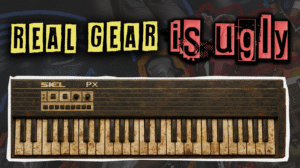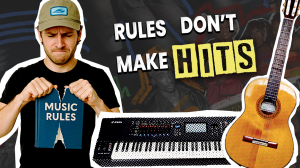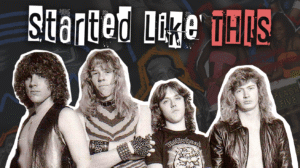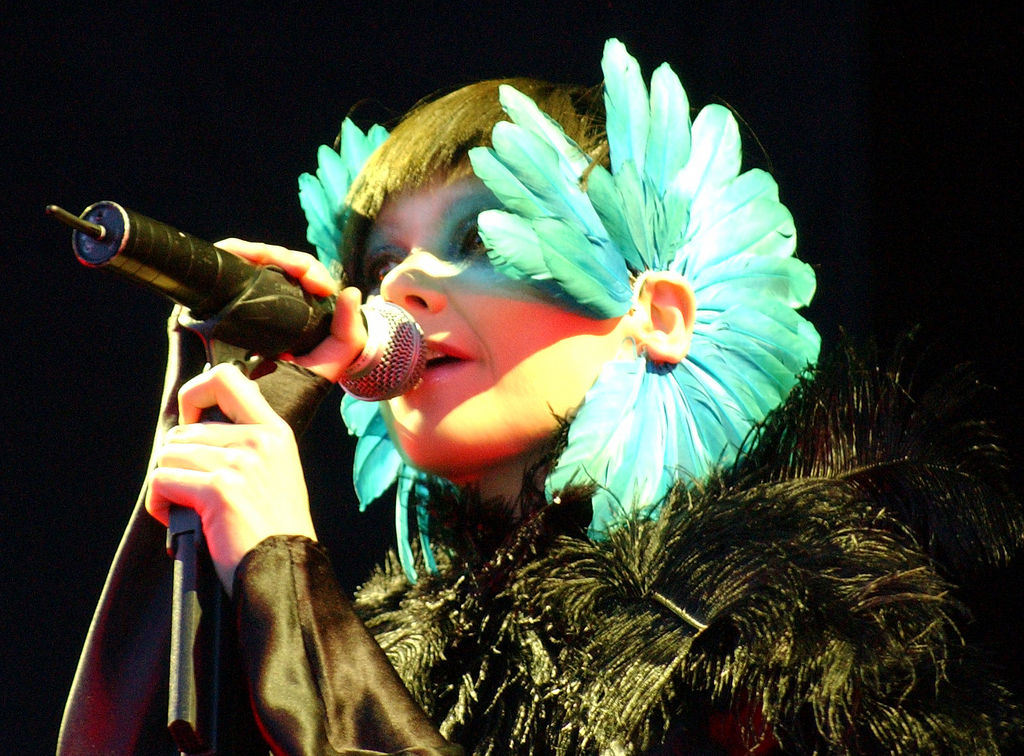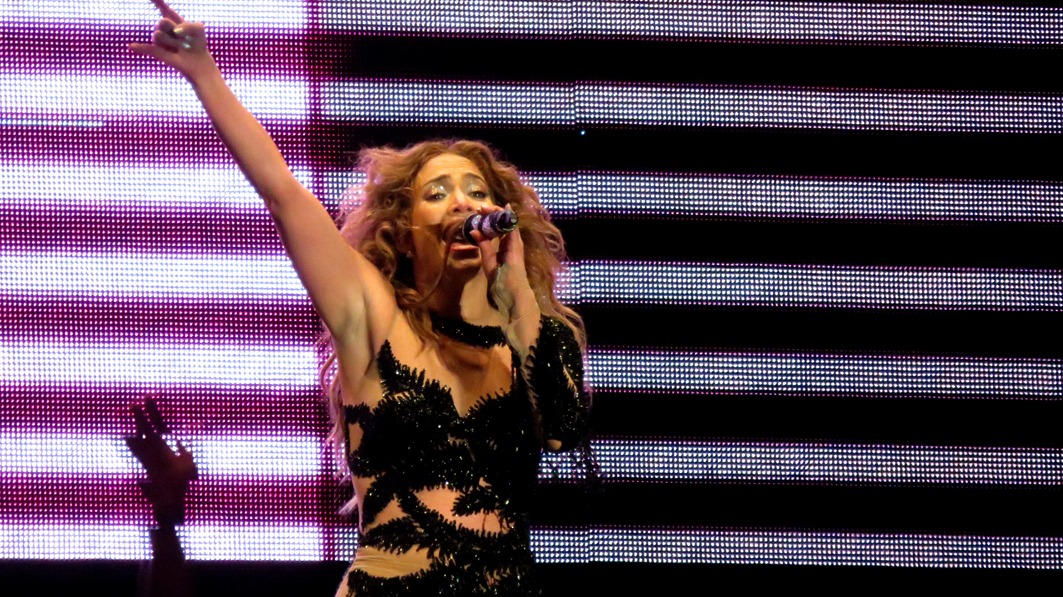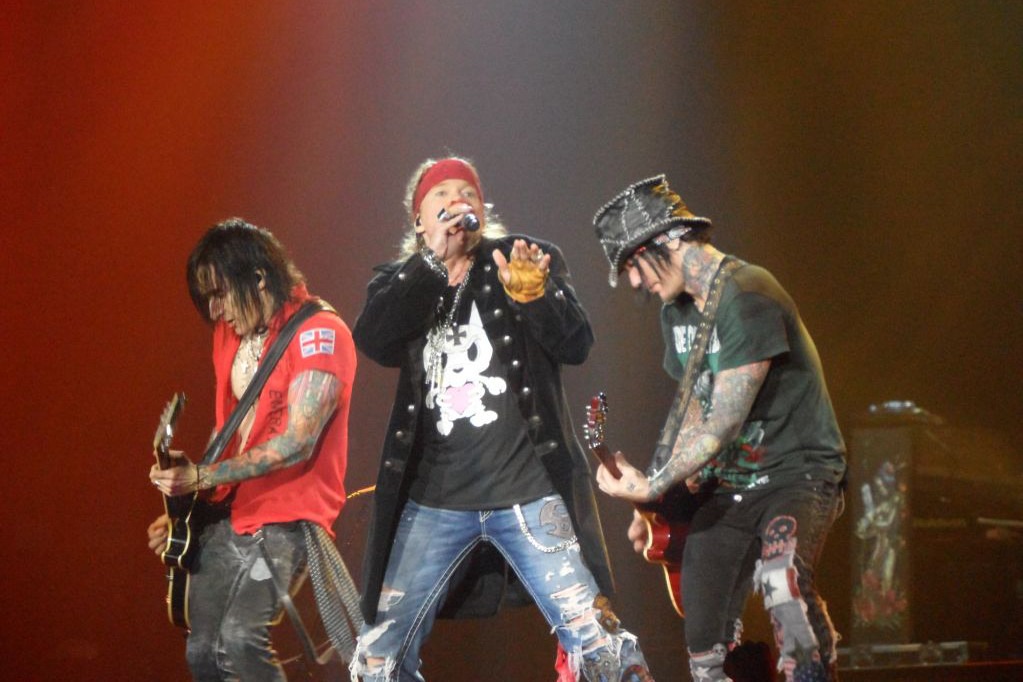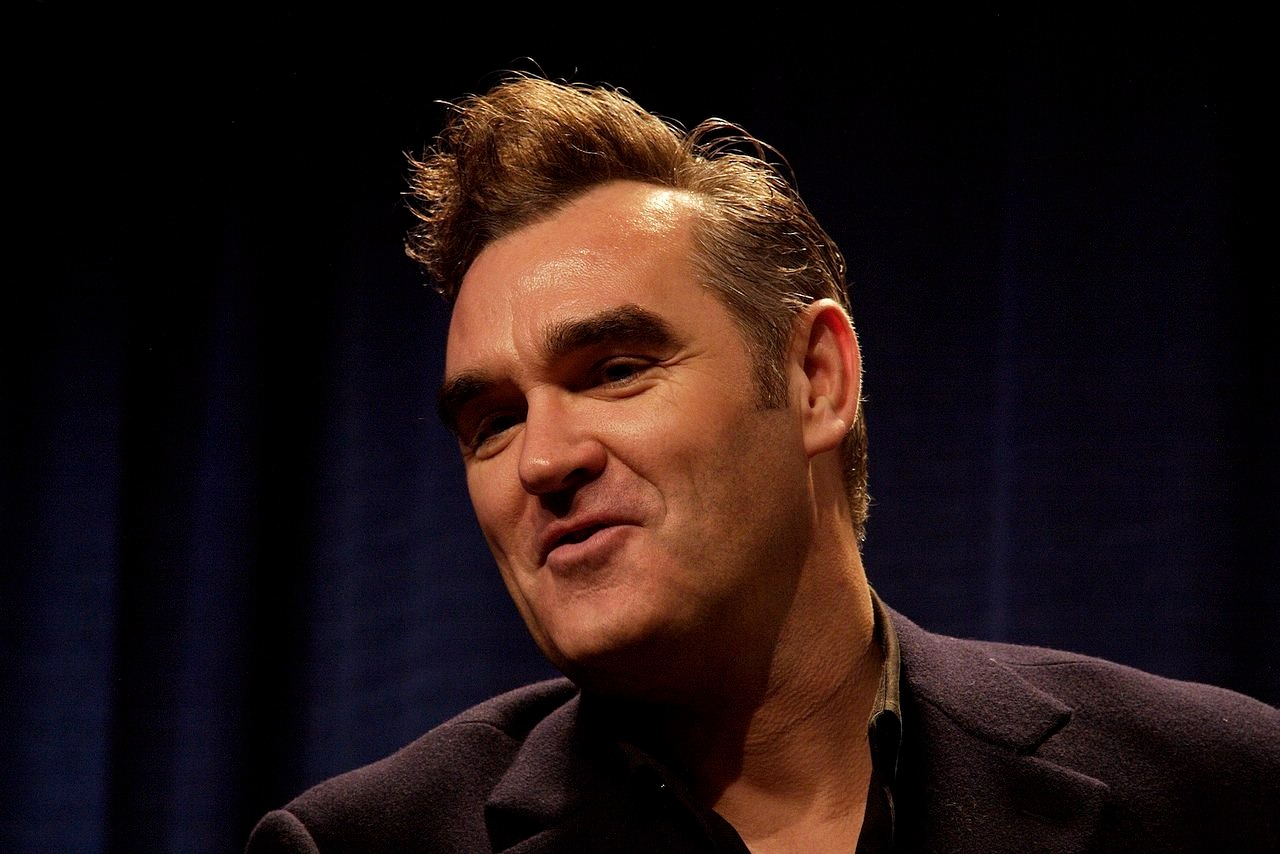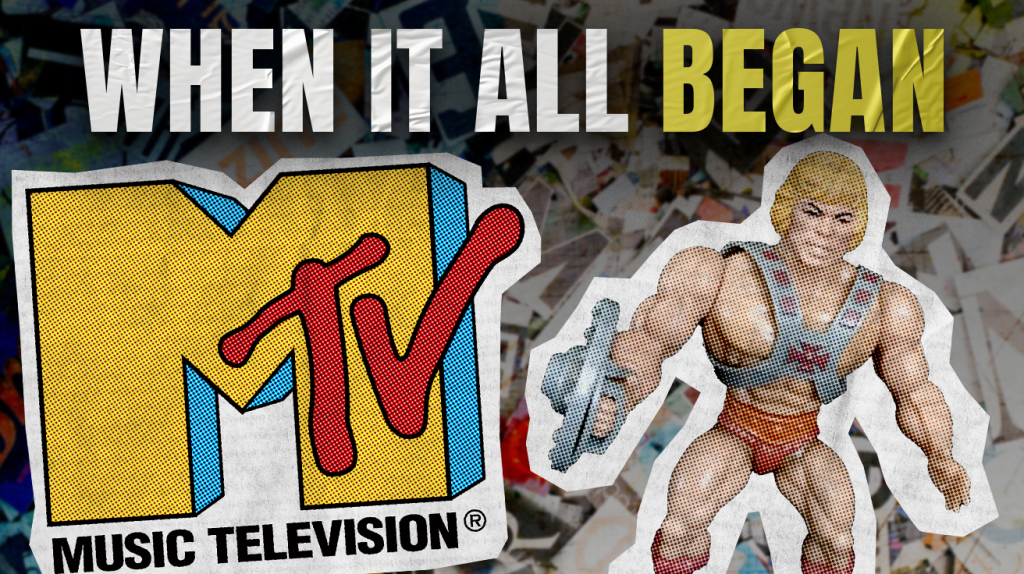
The 1980s delivered more cultural haymakers than a John Hughes movie marathon—from arcade cabinets that ate quarters like slot machines to fashion trends that defied both gravity and good sense. This decade didn’t just shape pop culture; it rewrote the entire playbook for how brands, media, and consumers would dance together for decades to come.
11. The Pop Culture Revolution Started in Arcades
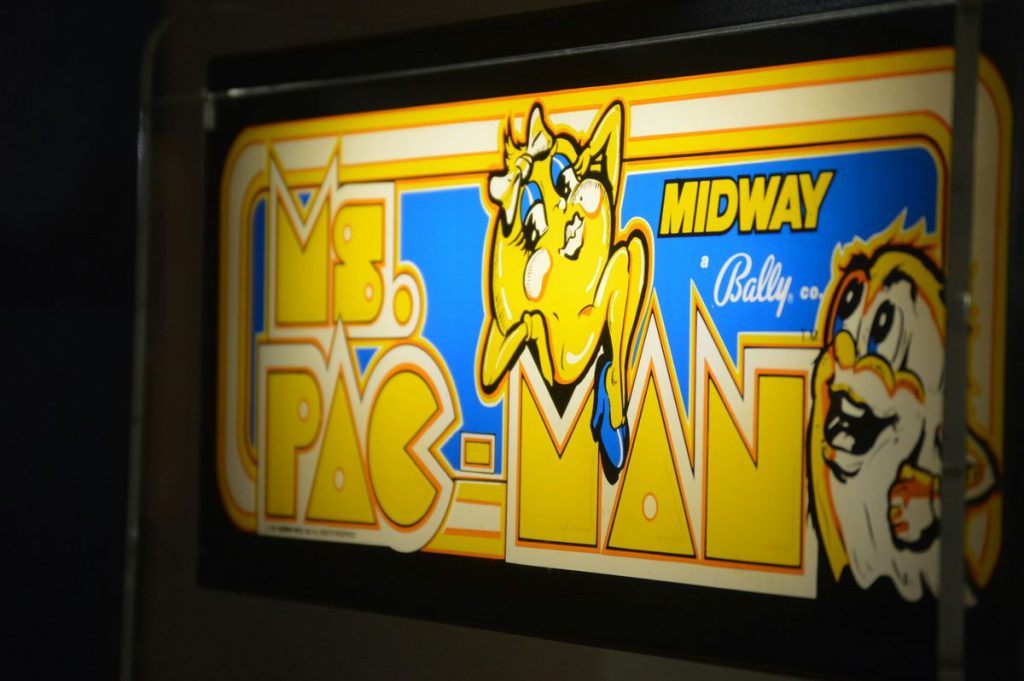
When Pac-Man launched in 1980, video games graduated from basement hobby to global obsession. The little yellow circle became the first gaming character to spawn merchandise empires, proving that virtual experiences could drive real-world sales. This arcade revolution created the template every brand from Disney to McDonald’s would later follow: create a character, build a world, then sell everything that fits inside it.
The game’s success showed marketing executives something crucial—audiences would pay for the privilege of interacting with brands, not just consuming them passively. Fast food chains took notes, soon filling Happy Meals with toys that turned dinner into an experience worth collecting.
10. MTV Rewrote Music Marketing Forever
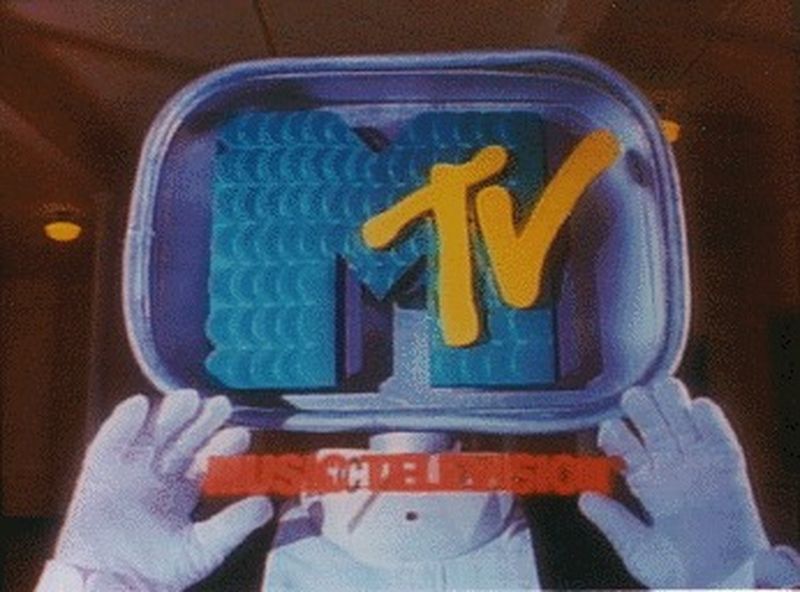
MTV’s August 1981 launch didn’t just change music—it obliterated every assumption about how artists should look, act, and sell records. Suddenly, a three-minute video could make or break careers faster than decades of radio play. Hair metal bands like Bon Jovi and Poison understood the assignment immediately, crafting visual spectacles that made their concerts feel like rock operas.
The network’s influence stretched beyond music into branded entertainment. Concert venues started serving themed drinks and snacks tied to touring acts, while record labels began budgeting for video production like movie studios. Food courts in malls suddenly featured MTV-style monitors, turning lunch into a multimedia experience.
9. Mall Culture Became America’s Living Room
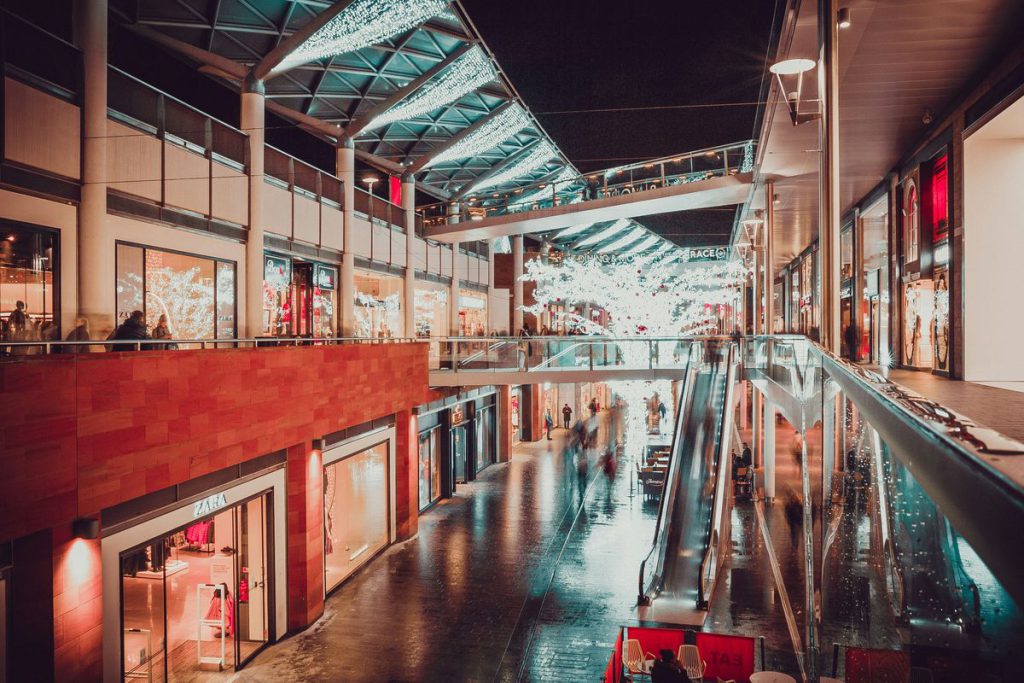
The Breakfast Club didn’t just define teen movies—it canonized mall culture as the new American social hub. By 1985, these climate-controlled cathedrals housed food courts that functioned like cafeterias for an entire generation. Chain restaurants discovered they could capture young consumers by offering spaces that felt more like hangouts than dining establishments.
Mall food courts became testing grounds for convenience foods that parents would later stock at home. The casual dining experience teenagers enjoyed at Orange Julius or Sbarro influenced how families approached weeknight meals, prioritizing speed and familiarity over formal dining traditions.
8. Fashion Got Comfortable with Contradiction
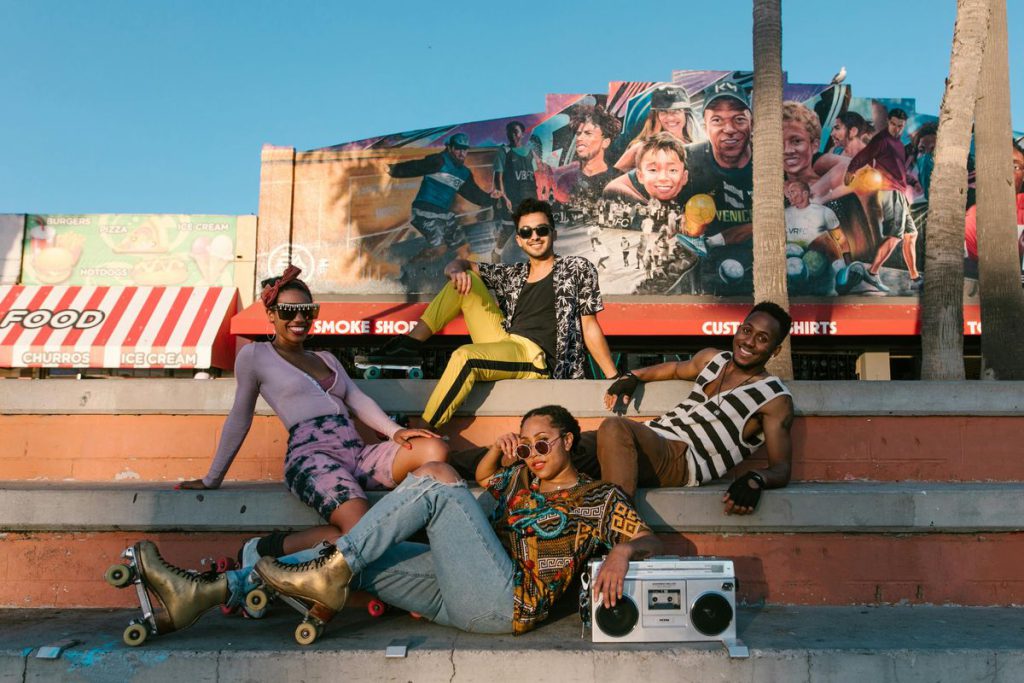
The decade’s fashion embraced every extreme simultaneously: high-waisted “carrot pants” paired with oversized shoulder pads, while activewear became acceptable street clothing thanks to the aerobics craze. This wasn’t just about looking good—it reflected a fundamental shift toward “casualization” in American life.
Food culture mirrored these contradictions perfectly. The same consumers demanding sophisticated gourmet coffee also embraced neon-colored snack foods and diet sodas. Health consciousness and convenience obsession coexisted, creating a market for “lite” yogurts that could be eaten on-the-go between aerobics classes.
7. News Became a 24-Hour Buffet
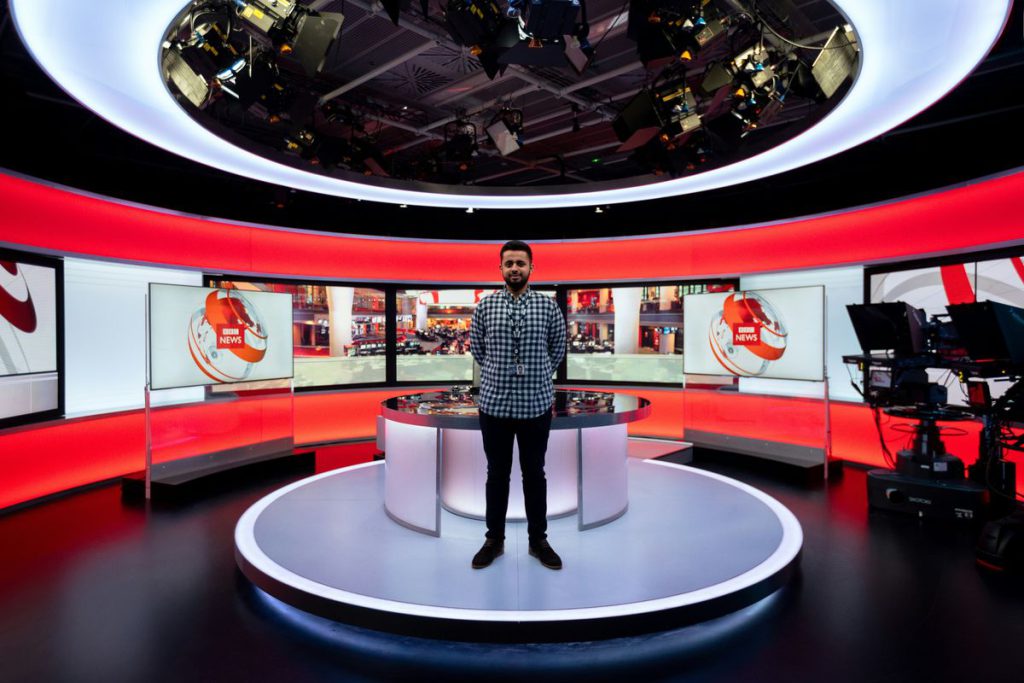
CNN’s 1980 launch fundamentally changed how Americans consumed information, creating an appetite for constant updates that extended far beyond politics. Food scares and health fads could now spread nationwide within hours instead of weeks, making consumers more reactive to trends and more susceptible to marketing that promised immediate solutions.
This accelerated news cycle meant food companies had to respond faster to consumer concerns while also capitalizing on viral moments. A single news report about a health benefit could create overnight demand for specific products, while a food safety scare could tank sales across entire categories.
6. Mobile Technology Started the On-the-Go Revolution
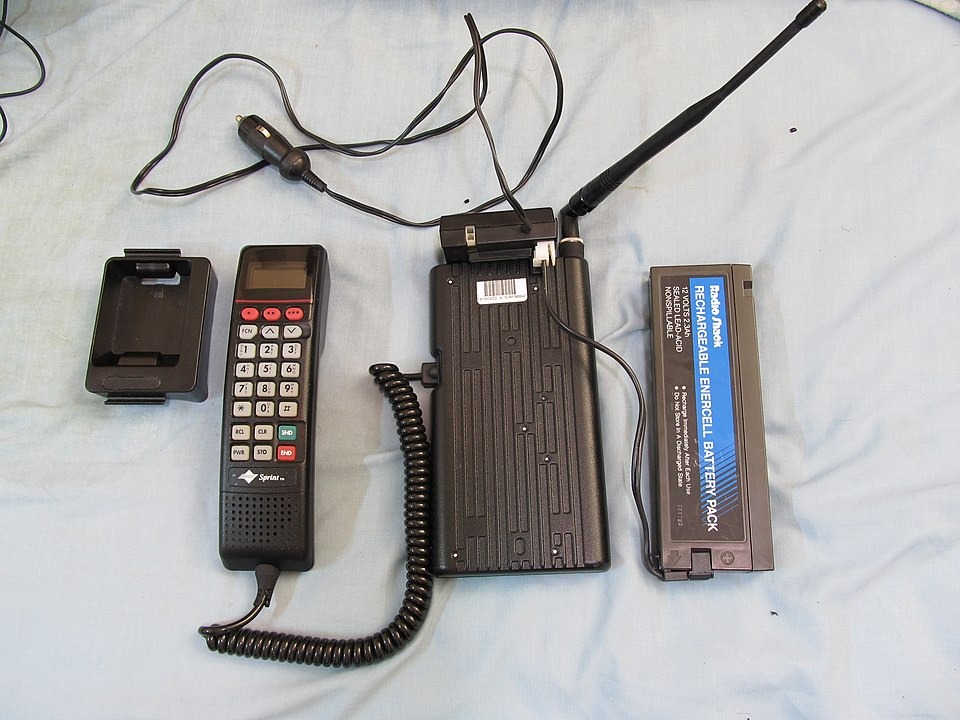
When Motorola introduced the DynaTAC in 1983, the brick-sized phone seemed like science fiction. But its portability signaled a cultural shift toward mobility that smart marketers immediately recognized. Fast food and snack companies began positioning their products for busy professionals who needed sustenance that traveled as easily as their new gadgets.
Drive-thru culture expanded beyond McDonald’s as restaurants realized customers wanted food that matched their increasingly mobile lifestyles. The connection between technology and convenience eating was born, setting the stage for everything from energy bars to meal replacement drinks.
5. Children’s TV Became a Toy Commercial
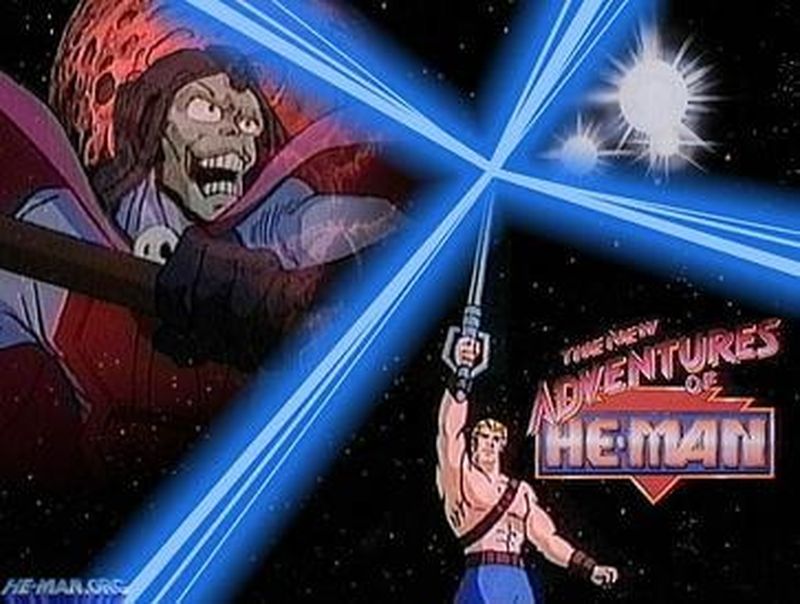
Shows like He-Man pioneered the art of the 22-minute toy advertisement, creating programming designed specifically to drive merchandise sales. Food brands quickly adopted this model, developing cereal box tie-ins and collectible packaging that turned breakfast into a treasure hunt.
Happy Meal toys became more sophisticated during this period, often tied to popular cartoons or movies. McDonald’s discovered that children would influence family dining decisions based on which toys were currently available, fundamentally changing how restaurants marketed to families.
4. Chicken McNuggets Changed Fast Food Forever
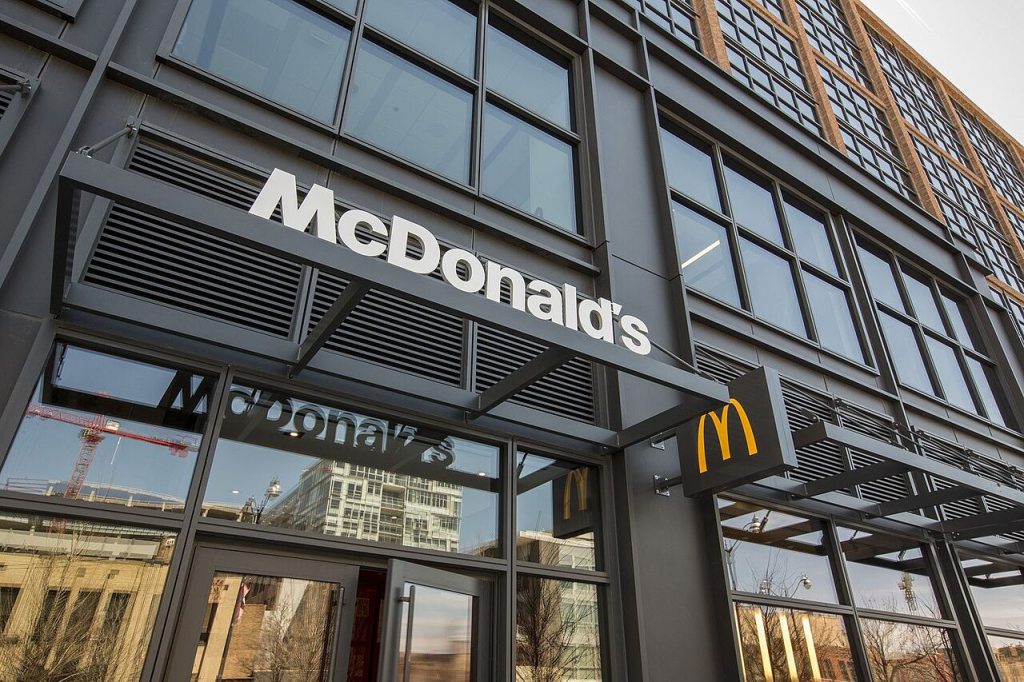
McDonald’s nationwide rollout of Chicken McNuggets in 1983 revolutionized fast food by creating the perfect finger food for America’s increasingly busy families. The bite-sized format made eating easier for children while offering parents a protein option that felt healthier than burgers.
The success of McNuggets inspired competitors to develop their own handheld innovations, leading to an explosion of convenience foods designed for eating without utensils. This trend would eventually influence everything from frozen appetizers to office vending machine selections.
3. Economic Turbulence Fueled Status Spending

The 1987 stock market crash paradoxically accelerated luxury food trends among young professionals who channeled economic anxiety into conspicuous consumption. Upscale dining became a way to signal success and stability in an uncertain world, driving demand for branded gourmet products that promised sophistication in convenient packages.
This period saw the rise of premium coffee culture and designer water brands, as status-conscious consumers sought affordable luxury items that could be incorporated into daily routines. The foundation for modern premium convenience foods was laid during this economically volatile decade.
2. Novelty Products Captured the Cultural Zeitgeist
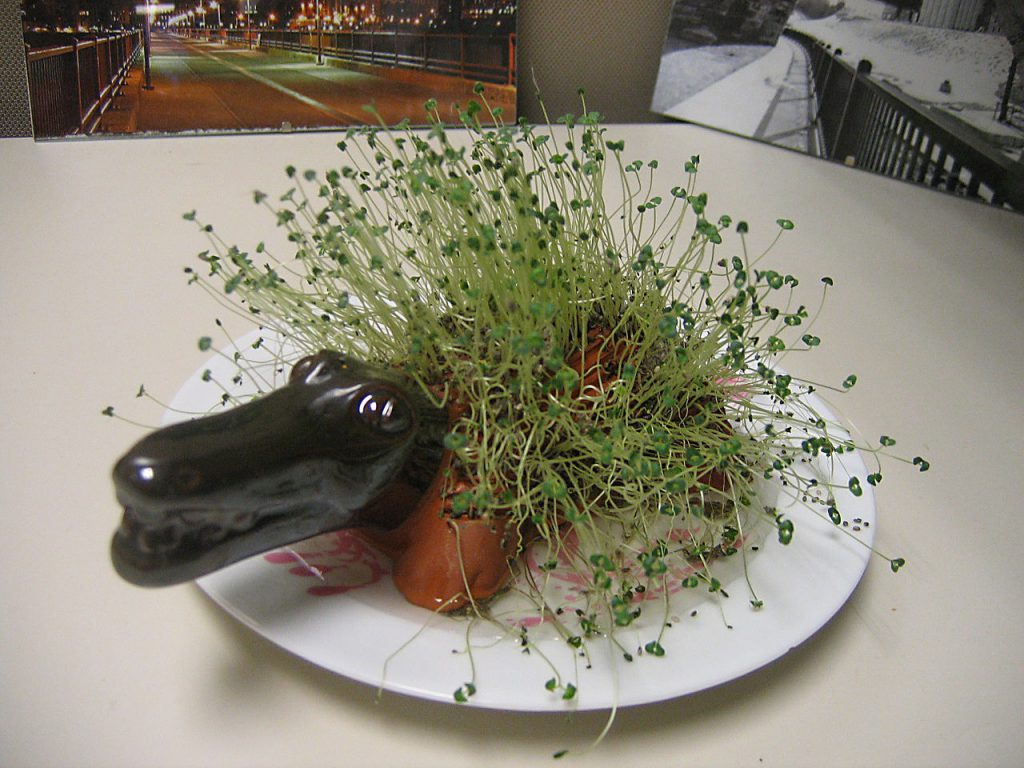
The success of products like Chia Pets demonstrated that consumers craved items that blended utility with entertainment. This trend extended into food culture through novelty snacks, themed candies, and home baking kits that promised fun alongside nutrition. Brands discovered that adding personality to products could justify premium pricing while creating emotional connections with customers.
The popularity of collectible toys influenced food packaging design, with companies creating series-based promotions that encouraged repeat purchases. This strategy would become standard practice for everything from cereal prizes to fast food promotional items.
1. Global Events Became Marketing Opportunities
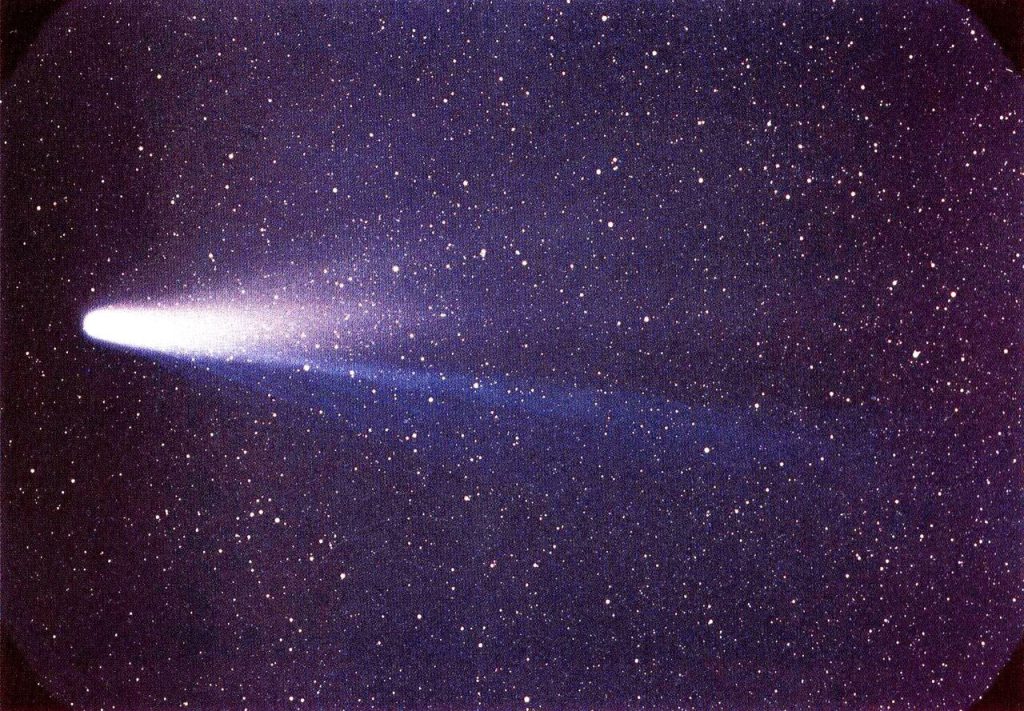
Major news events like Halley’s Comet’s 1986 return and the Challenger space shuttle disaster demonstrated how quickly food companies could capitalize on collective cultural moments. Commemorative snacks and themed drinks appeared for both celebrations and fundraisers, showing that food could serve as edible memory anchors for significant events.
This practice established the template for modern event marketing, where brands create limited-time offerings tied to everything from sports championships to movie releases. The 1980s taught food companies that timing could be just as important as taste in driving sales.




